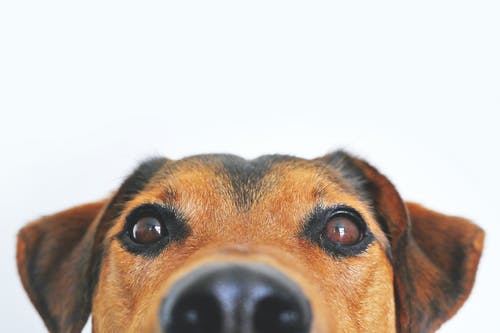
If you just got a puppy, it doesn’t take long for them to get nosey in everything they can see under your couch, bed, and all the cords plugged inside. However, the things our canines see as treasures are often harmful. So if you’re a fur parent, we’ll teach you how to dog-proof your home and make it a safe place for them.
How to Pet-Proof a Home
Did you know that the things that make your home beautiful and comfy can pose risks to your feline, bird, dog, or any small animals you own? Left unattended, these may sicken or severely injure your pet. While it isn’t possible to predict and prevent all kinds of accidents at home, these five pet-proofing ideas can considerably reduce your pet’s injury risks.
1. Hide tools and wirings correctly
Saws, hand trowels, rakes, forks, spades, shovels, and other yard tools can hurt your curious puppy if not stashed appropriately. Accessories like hoses and gardening gloves can become chew toys when not stored away. Exposed wires outdoors are as risky as indoors, so these should be hidden or protected with chew-proof covers.
If your furry baby injures themselves with these objects, quickly bring them to an emergency vet facility to treat them immediately.
2. Keep human medications out-of-reach
All human medications are threatening to canines unless instructed by the vet. Some over-the-counter human medications, such as ibuprofen, are extremely poisonous to pets and may trigger liver or kidney failure and death. During your pet’s routine dog annual exam, you might take this opportunity to ask your veterinarian about anything that worries you about your furry baby.
3. Refrain from displaying poisonous plants
Some popular houseplant types can be poisonous to pets when taken in. Besides pothos ivy, philodendrons, and various kinds of lilies, many more plants may trigger serious health issues in pets. If you have cats in your home that can climb up anywhere, keep your plants out of reach, or remove them completely to relieve all your worries.
4. Secure your trash bins and garbages
Canines are often driven by their noses and naturally enticed to explore trash. When they get into the trash, they might get dirty and have major health problems due to the bacteria in the decaying foods and objects they may ingest. One way to combat this is by using tight-lidded trash bins in your bathroom and kitchen and picking heavy trash bins that can’t be knocked over by dogs.
Another way is placing trash cans inside the cabinets and utilizing childproof latches to secure them. Although pet-proofing your home will make it a safe place for your dog, you should never miss their vaccinations and preventive care to guarantee they are secured from life-threatening pet conditions they may encounter. You may browse the web for more information on the importance of up-to-date pet vaccinations.
5. Cover all the easy-to-reach electrical cords
Teething puppies, curious felines, rabbits, or small animals may suffer from life-threatening shock when gnawing on electrical cables plugged in. Use chew-proof covers or protectors for your electrical wires to prevent this unfortunate situation from striking your pet. Pet supply companies generally sell these ready-made cable protectors in different colors and sizes.
